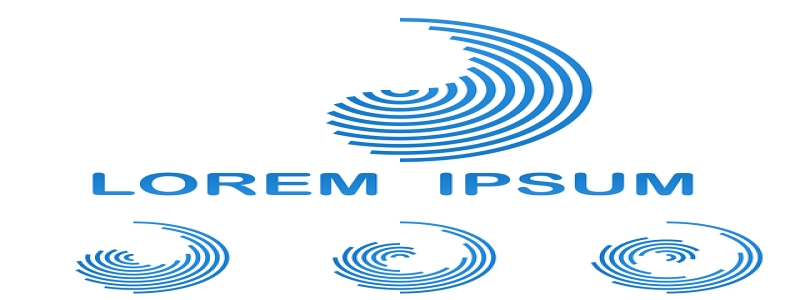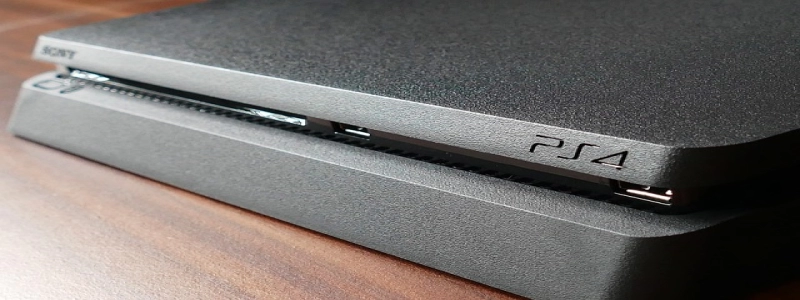Fiber Cable Connector Types
Introduction
Fiber optic cables are widely used for high-speed data transmission and have become an integral part of modern networking infrastructure. These cables require connectors to ensure proper alignment and efficient signal transmission. In this article, we will discuss the various types of fiber cable connectors and their important features.
I. SC Connector
The SC (Subscriber Connector or Standard Connector) is a widely used fiber cable connector type. It features a push-pull latching mechanism and a square-shaped connector body. The SC connector offers low insertion loss, high repeatability, and excellent return loss characteristics, making it suitable for both single-mode and multimode fiber applications. It is commonly used in telecommunications, local area networks (LANs), and cable television networks.
II. LC Connector
The LC (Lucent Connector or Little Connector) is another popular fiber cable connector type. It is widely used in data center environments where space optimization is critical. The LC connector features a small form factor, making it suitable for high-density installations. It offers low insertion loss, excellent repeatability, and high return loss characteristics. The LC connector is commonly used in high-speed data transmission, such as in Ethernet applications.
III. ST Connector
The ST (Straight Tip) connector is one of the earliest fiber cable connector types, primarily used in multimode fiber applications. It features a bayonet-style coupling mechanism and a round connector body. The ST connector offers good performance in terms of insertion loss and return loss. However, it does not provide the same compactness as the SC or LC connectors. The ST connector was widely used in early fiber optic networks but is now being replaced by smaller form factor connectors.
IV. MPO Connector
The MPO (Multi-Fiber Push-On) connector is designed for high-density fiber applications. It is capable of accommodating multiple fibers within a single connector, making it ideal for parallel optic links. The MPO connector typically features multiple fibers aligned in a row, allowing for efficient and simplified installation. It provides good performance in terms of insertion loss and return loss. The MPO connector is commonly used in data centers, high-speed computing, and telecommunications applications.
V. FC Connector
The FC (Ferrule Connector) is a commonly used fiber cable connector type, especially in single-mode fiber applications. It features a screw-on coupling mechanism and a round connector body. The FC connector offers robust performance and is known for its high durability. It provides low insertion loss and excellent return loss characteristics. The FC connector is commonly used in military applications, test equipment, and high-reliability networks.
Conclusion
Fiber cable connectors play a crucial role in ensuring efficient and reliable data transmission through fiber optic cables. The selection of the appropriate connector type depends on the specific application requirements, such as space optimization, fiber type, and performance characteristics. Understanding the different types of fiber cable connectors, such as SC, LC, ST, MPO, and FC, allows for informed decision-making when designing and deploying fiber optic networks.







